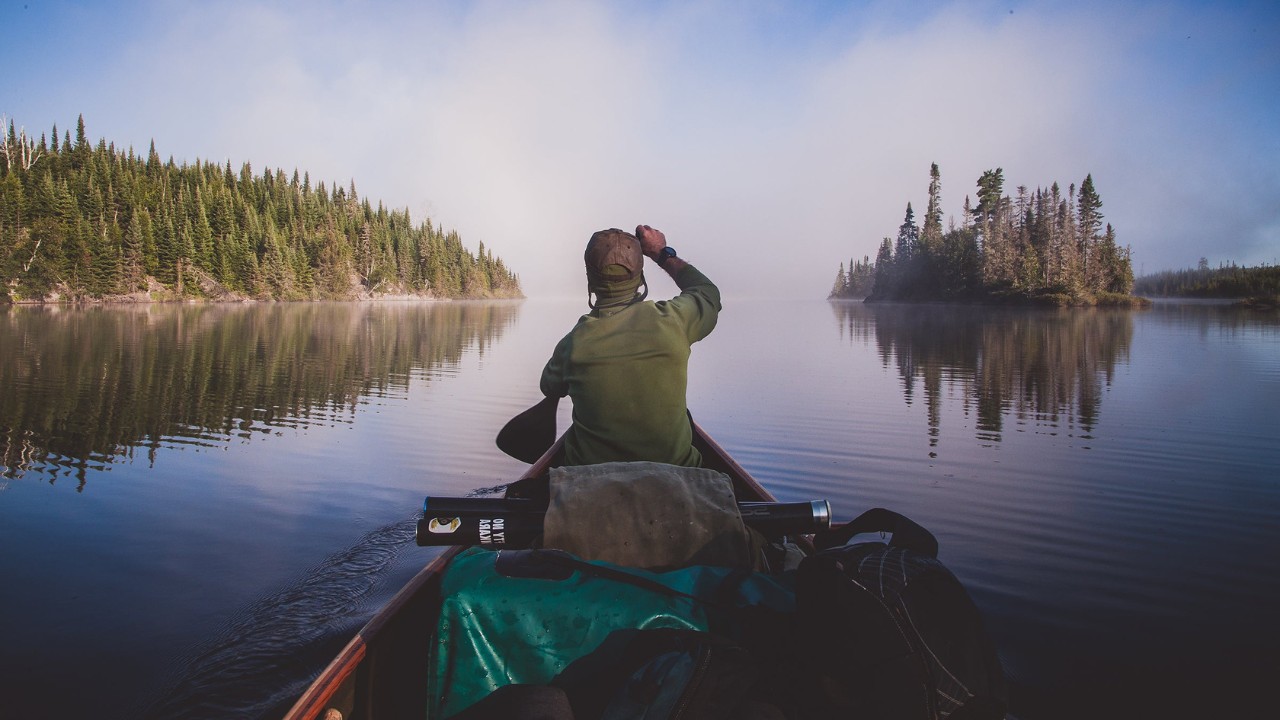Hidden Logging Camps Of Minnesota’s Boundary Waters

Have you ever wondered about the hidden history of Minnesota's Boundary Waters? This beautiful area, known for its lakes and forests, holds secrets from the past. Logging camps once dotted this wilderness, playing a huge role in shaping the region. These camps were bustling with activity, filled with workers cutting down trees and transporting logs. Today, nature has reclaimed much of this land, but traces of these camps remain. Exploring these remnants offers a glimpse into a time when logging was king. Let's take a closer look at the hidden logging camps of the Boundary Waters and uncover their stories.
Hidden Logging Camps of Minnesota's Boundary Waters
Minnesota's Boundary Waters Canoe Area Wilderness (BWCAW) is known for its pristine lakes, dense forests, and rugged beauty. But hidden within this natural paradise are remnants of a bygone era—logging camps that once thrived in the early 20th century. These camps offer a glimpse into the past, where loggers braved harsh conditions to harvest timber. Let's uncover some of these hidden gems.
1. Basswood Lake Logging Camp
Basswood Lake, straddling the U.S.-Canada border, was a bustling hub for loggers. The camp here played a crucial role in the timber industry.
- Location: Near the southern shore of Basswood Lake.
- Highlights: Old cabins, rusted tools, and remnants of logging equipment.
- Access: Canoe or hike to the site; it's a bit of a trek but worth it.
2. Little Indian Sioux River Camp
Nestled along the Little Indian Sioux River, this camp offers a serene yet haunting atmosphere. The river was a key transportation route for logs.
- Location: Along the banks of the Little Indian Sioux River.
- Highlights: Foundations of old buildings, scattered artifacts, and a tranquil river setting.
- Access: Paddle down the river or hike through the forest trails.
3. Knife Lake Logging Site
Knife Lake was another significant area for logging activities. The camp here is well-preserved, offering a vivid picture of life back then.
- Location: Eastern shore of Knife Lake.
- Highlights: Well-preserved cabins, logging sleds, and a beautiful lakeside view.
- Access: Best reached by canoe; a popular spot for paddlers.
4. Isabella Lake Camp
Isabella Lake's camp is one of the more remote sites, making it a perfect spot for those seeking solitude and history.
- Location: Northern shore of Isabella Lake.
- Highlights: Remnants of a sawmill, old logging roads, and scattered tools.
- Access: Requires a long paddle and portage, but the isolation is rewarding.
5. Kawishiwi River Logging Camp
The Kawishiwi River was a major artery for transporting logs. The camp here is rich in history and natural beauty.
- Location: Along the banks of the Kawishiwi River.
- Highlights: Old bunkhouses, logging equipment, and scenic river views.
- Access: Canoe or hike; the river route is particularly scenic.
6. Moose Lake Logging Site
Moose Lake's camp is one of the more accessible sites, making it a great option for a day trip.
- Location: Western shore of Moose Lake.
- Highlights: Well-preserved structures, logging artifacts, and easy access.
- Access: Short paddle from the main entry point; ideal for beginners.
7. Crooked Lake Logging Camp
Crooked Lake's camp offers a unique blend of history and natural beauty, with plenty of wildlife to spot along the way.
- Location: Southern shore of Crooked Lake.
- Highlights: Old logging cabins, wildlife sightings, and a picturesque lake setting.
- Access: Canoe or hike; the journey is as rewarding as the destination.
8. Seagull Lake Logging Site
Seagull Lake's camp is a hidden gem, offering a peaceful retreat with a rich history.
- Location: Eastern shore of Seagull Lake.
- Highlights: Remnants of logging operations, serene lake views, and abundant wildlife.
- Access: Best reached by canoe; a favorite among seasoned paddlers.
9. Brule Lake Logging Camp
Brule Lake's camp is one of the most remote, offering a true wilderness experience.
- Location: Northern shore of Brule Lake.
- Highlights: Old logging roads, scattered artifacts, and a sense of isolation.
- Access: Requires a long paddle and portage; perfect for adventurers.
10. Lac La Croix Logging Site
Lac La Croix's camp is a fascinating blend of history and natural beauty, with plenty of opportunities for exploration.
- Location: Western shore of Lac La Croix.
- Highlights: Well-preserved logging equipment, old cabins, and stunning lake views.
- Access: Canoe or hike; the journey is challenging but rewarding.
Discover the Hidden Gems
Minnesota's Boundary Waters offer more than just scenic beauty. The hidden logging camps scattered throughout this area provide a unique glimpse into the past. These sites tell stories of hard work, resilience, and the early days of the logging industry. Exploring these camps can be an adventure, blending history with nature. Whether you're hiking, canoeing, or just curious about the past, these hidden gems add depth to your visit. They remind us of the people who shaped the land and the challenges they faced. Next time you're in the Boundary Waters, take a moment to seek out these historical spots. They might be off the beaten path, but they're worth the effort. Discovering these hidden logging camps can make your trip even more memorable. So pack your gear, grab a map, and start exploring.

